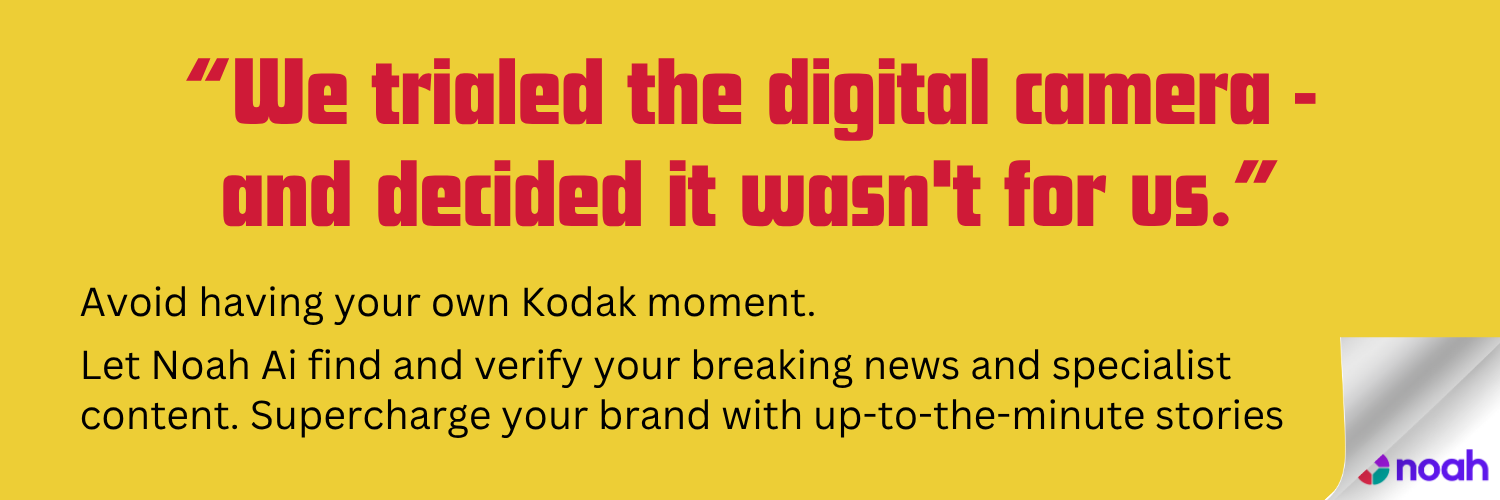CNN and Reuters implement paywalls to enhance revenue and adapt to changing viewer habits, sparking debate over the effectiveness of subscription models versus free access.
Prominent news organisations CNN and Reuters have recently implemented paywalls on their online platforms in a bid to balance viewer engagement with revenue generation. The strategic decision represents a notable shift in the landscape of digital news delivery, aimed at transforming part of their vast reader base into paying subscribers amidst a backdrop of declining television viewership and previous cost-cutting measures.
CNN’s paywall, priced at an introductory rate of $3.99 per month, highlights the organisation’s move toward monetising its digital content, which remains among the most accessed globally alongside peers such as Fox News, MSNBC, and Breitbart. This move is part of CNN’s broader effort to offset decreased advertising revenue linked to its traditional television platforms, where ratings have seen a gradual decline. This strategy comes in the wake of recent layoffs and budgetary cutbacks within CNN, driven by the challenge of sustaining financial performance as viewing habits continue to evolve.
For media conglomerates, instituting a paywall reflects an attempt to capitalise on the quality and exclusivity of their content in a crowded digital space. By restricting full access to only those willing to pay, these organisations hope to establish a sustainable revenue model that compensates for potential drops in page views—an inherent risk that has prompted debate on the effectiveness of paywalls versus free access models supported primarily by advertising.
Critics of the paywall model often cite the experience of newspapers around the country that have implemented similar measures. These efforts, aimed at stemming the losses from declining physical sales, have met with mixed results. It is argued that limiting access could further decrease readership for publications already grappling with reduced audience numbers. Nevertheless, proponents believe the trade-off of fewer free page views is justified if a stable subscriber base is achieved, offering a more reliable revenue stream than advertising alone.
In the digital age, the importance of website analytics cannot be overstated. Metrics such as unique visitors (UVs) and page views are essential for advertising negotiations, as they directly influence the rates that news platforms can charge advertisers. In simple terms, they measure the number of distinct devices accessing the site and the volume of content consumed by each user. This data provides a critical basis for advertisers to determine the potential reach and impact of their online promotion.
Many websites, instead of pursuing a paywall, opt to maintain unrestricted access to their content, thus maximising page views to command higher advertising rates. For instance, while Fox has segmented some of its content strictly for subscribers, a large portion remains freely accessible, showcasing a diversified approach to audience engagement and monetisation.
As the media industry continues to adapt to the digital realm, the debate over paywalls versus open-access models persists. The outcome of CNN’s and Reuters’ decisions to implement paywalls will likely be closely watched as indicators of the future direction of the industry in an increasingly digital-centric world. Readers, meanwhile, find themselves at a crossroads, weighing the convenience and accessibility of free news against the potential benefits of engaging with curated and premium content.
Source: Noah Wire Services








